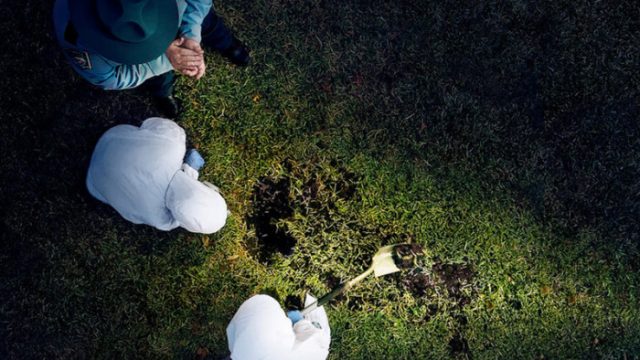Good morning, lovelies! Hurricane season is upon us! Any other Floridians here dreading/looking forward to it? Anyways, on with the articles…
On the 27th, Gus Wood of 25 Years Later, looked at mumblecore’s place in film history:
“And we are back where we started. Mumblecore and the grounded honest stories of now told by ambitious, realistic self-starters responding to their own oppositional studio system. As Disney continues to gobble up franchises and audiences, the little guys cannot wait for checks from Hollywood to finance their dreams.”
Also on the 27th, Jessica Klein reported on the successful of Oxygen’s rebranding to a true crime network, for Fortune:
“Unlike the majority of ad-supported cable channels, the female-focused network’s viewership increased last year, reaching 16.4 million live streams and 10.2 million on-demand views—it’s already up to 11.1 million on-demand views this year, the cable network tells Fortune. In fact, Oxygen experienced the biggest growth in viewers of any TV entertainment channel in 2018. In our era of cord cutting, where ‘Netflix and chill’ has all but replaced ‘watching TV,’ Oxygen’s growth over the past couple of years is striking.
This is largely thanks to its 2017 true crime makeover.”
Again on the 27th, on The Ringer, Manuela Lazic discussed what The Irishman premiering on Netflix means for filmmakers:
“That even Scorsese, at once one of the most celebrated American auteurs and one of the most bankable, couldn’t inspire Netflix and chains to get past their differences is not a good sign for cinephiles who still prefer the big-screen experience to Netflix-and-chilling. It is also bad news for the directors who care about format and a certain kind of film viewership; unsurprisingly, Netflix isn’t prioritizing the beautiful imperfection of grainy 35 mm projection, nor the communal, churchlike experience of sitting in the dark with strangers. What counts for the media giant is its number of subscribers; the questions of what they might actually be watching or in what conditions come second. That Alfonso Cuarón’s Roma (2018), a film shot in black and white and full of long takes, was released in a few theaters but then viewed by most people on their TVs or computers, is a telling irony.”
Radha Vatsal, of Crime Reads, celebrated Alfred Hitchcock’s most iconic shots on the 28th:
“What makes Hitchcock’s films so memorable is the clarity and impact of his visual sequences. His best films often contain a single image, short sequence or repeating visual motif that encapsulate the dilemma of the main character or of the film as a whole. Hitchcock wanted nothing to detract from the audience’s experience of suspense, and strove to keep his visuals as clear as possible.”
Also on the 28th, Sonia Saraiya talked about recent TV that explore the weirdness of Florida, over at Vanity Fair:
“So it’s been gratifying, and a little disorienting, to discover the recent crop of television shows trying to locate the source of Florida’s bad reputation: Florida Girls, on Pop TV; On Becoming a God in Central Florida, from Showtime; and David Makes Man, on OWN. All three consider what it means to be a Floridian—and each carries some anguish about belonging to this particular place. Previous shows Claws and Bloodline were set in Florida, and the new shows also follow a spate of extraordinary films about the Sunshine State: best-picture winner Moonlight, from the fringes of Miami; candy-colored The Florida Project, from right outside Disney, in Kissimmee; and the outré Spring Breakers, which takes place about 45 minutes from where I grew up, in Clearwater. These are stories about trying to forge an identity and a sense of belonging amid a statewide narrative of lowered expectations.”
Finally, on the 29th, Zachary Pincus-Roth of The Washington Post, reflected on the enduring appeal of The Shawshank Redemption 25 years after its release:
“Darabont once heard from a fan who dropped out of college, ballooned to 350 pounds and considered suicide, but the movie made him turn his life around. Another who had ALS wrote a Newsweek essay about how his body was his Shawshank, and the movie motivated him to find ways to tunnel out. Nelson Mandela once told Robbins that the film’s depiction of incarceration hit home — as did its message that hope can heal.”
Enjoy!

